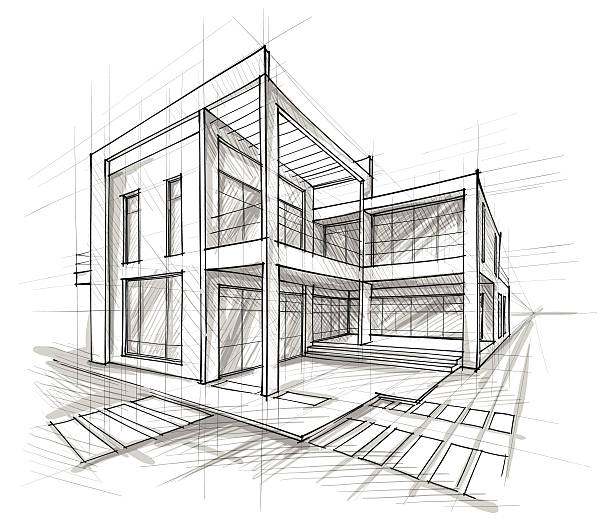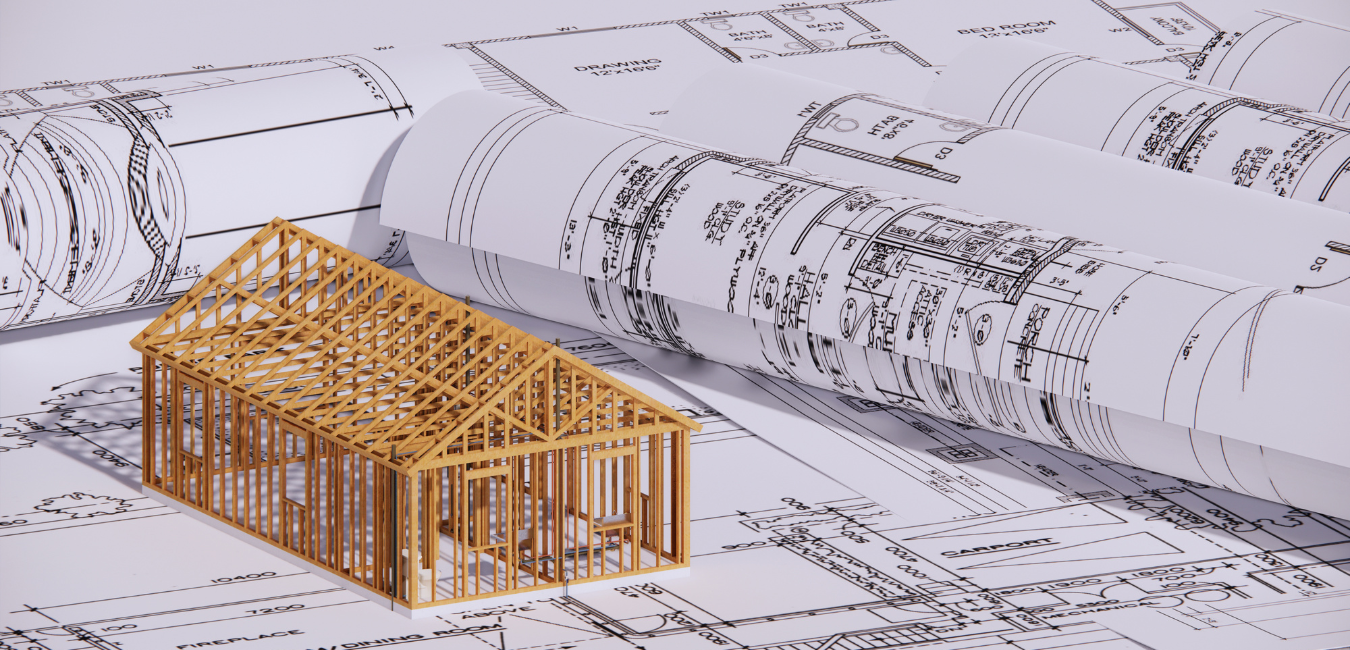The Vital Function of an Engineer in Forming Lasting Urban Environments for Future Generations
The function of an engineer in crafting sustainable metropolitan settings is significantly critical in reacting to the obstacles of climate modification and urbanization. By perfectly incorporating eco-friendly principles right into their layouts, architects not only enhance the aesthetic and practical high quality of metropolitan rooms yet likewise address pressing problems such as energy effectiveness and social equity. Their proficiency in innovative materials and neighborhood involvement forms growths that reverberate with local values and goals. As we discover the complexities of this field further, it comes to be noticeable that the future of city living might hinge on the very methods engineers utilize today.
Recognizing Lasting Urban Layout
Lasting metropolitan design incorporates environmental concepts with urban planning to produce environments that are not just habitable yet additionally resistant. This technique emphasizes the value of incorporating all-natural systems into the city material, ensuring that advancement meets the requirements of the here and now without jeopardizing the capacity of future generations to satisfy their very own needs. Secret elements of lasting urban layout include reliable land use, the promotion of biodiversity, and the assimilation of eco-friendly rooms, every one of which contribute to boosted lifestyle for citizens.
In addition, lasting city style focuses on the decrease of the urban warm island result, boosted air high quality, and reliable stormwater management. It motivates making use of renewable energies and energy-efficient structure methods, which significantly lower carbon impacts. Furthermore, sustainable metropolitan design cultivates social equity by producing accessible public areas and advertising mixed-use growths that deal with diverse populations.
Through thoughtful preparation and innovative design methods, lasting metropolitan atmospheres can boost community resilience against climate adjustment while cultivating financial advancement. This holistic method not just addresses prompt city difficulties yet additionally prepares for healthier, much more sustainable cities for generations to come.
Key Responsibilities of Architects
Designers play a critical role in shaping sustainable city atmospheres by converting layout concepts into tangible frameworks and areas. Their duties include a vast array of activities that add to the overall success of city layout jobs.
Most importantly, architects perform complete site analyses to recognize the environmental, social, and social context of their tasks. This fundamental understanding informs their layout decisions, guaranteeing that buildings harmonize with their environments. They also take part in collective processes with stakeholders, consisting of city organizers, engineers, and the area, promoting a comprehensive technique to metropolitan development.
In addition, architects are entrusted with creating layouts that optimize power performance, resource preservation, and functionality. They have to follow local zoning legislations, developing codes, and sustainability qualifications, making sure conformity while pushing the limits of innovation.
Additionally, architects are accountable for taking care of the style procedure, coordinating with different specialists throughout the construction phase to make certain that the vision is realized precisely (cda architects). Inevitably, check my blog their duty is not entirely concerning appearances; it has to do with producing durable, flexible spaces that enhance the lifestyle for existing and future generations, laying the groundwork for sustainable city living
Innovative Products and Techniques

Furthermore, improvements in innovation have brought about the advancement of high-performance products, such as protected concrete forms (ICFs) and photovoltaic or pv glass, which add to energy conservation and harness check out this site renewable resource. Techniques such as easy solar design and environment-friendly roofing systems even more exhibit how architecture can integrate with natural systems, decreasing reliance on fabricated heating and air conditioning.
Additionally, the integration of clever products, which adjust to environmental changes, uses promising opportunities for improving structure performance. These products can reply to temperature level variations or dampness levels, maximizing convenience and sustainability.
Ultimately, the critical choice and application of innovative materials and methods empower designers to develop city areas that are not just functional and visually pleasing yet also resilient and eco responsible, making sure a lasting future for generations to come. cda architects.
Neighborhood Involvement and Cooperation
The success of straight from the source innovative materials and strategies in lasting city design is substantially improved by energetic neighborhood engagement and collaboration. Engineers should recognize that the constructed atmosphere profoundly affects the lives of regional citizens, making it important to involve them in the style procedure. Involving the community cultivates a feeling of ownership and responsibility, making sure that advancements not just satisfy aesthetic and useful demands however also mirror the worths and aspirations of those that populate them.

Successful area engagement likewise assists in focusing on social equity within city growth. By considering the voices of marginalized populations, designers can produce spaces that are inclusive and equitable. By doing this, community interaction and collaboration become essential to accomplishing truly lasting urban environments that serve the needs of current and future generations.
Future Trends in Lasting Design
An arising concentrate on adaptive reuse and circular economy concepts is readied to redefine the landscape of lasting architecture. As cities come to grips with raising populace thickness and environmental challenges, architects are increasingly transforming to approaches that enhance existing structures instead of seeking brand-new builds. This technique not only preserves social heritage yet additionally considerably decreases resource intake and waste.
Furthermore, improvements in technology are forming future patterns in sustainable architecture. The assimilation of wise materials and structure systems permits for real-time power administration, enhancing effectiveness and decreasing carbon impacts. Innovations such as green roofing systems, living wall surfaces, and energy-generating exteriors are becoming standard methods, further advertising ecological balance within urban atmospheres.
Additionally, a change in the direction of biophilic layout is obtaining grip, stressing the link in between nature and human wellness. By incorporating natural environments, designers develop spaces that promote psychological health while promoting biodiversity.
Conclusion
To conclude, architects are critical beforehand lasting urban atmospheres through their proficiency in design, ingenious products, and area interaction. By focusing on power effectiveness and source conservation, these experts add to the development of durable city rooms that fulfill the needs of present and future generations. The combination of eco-friendly concepts not only improves livability yet likewise promotes social equity, making certain growths reverberate with the values and desires of the areas they offer.